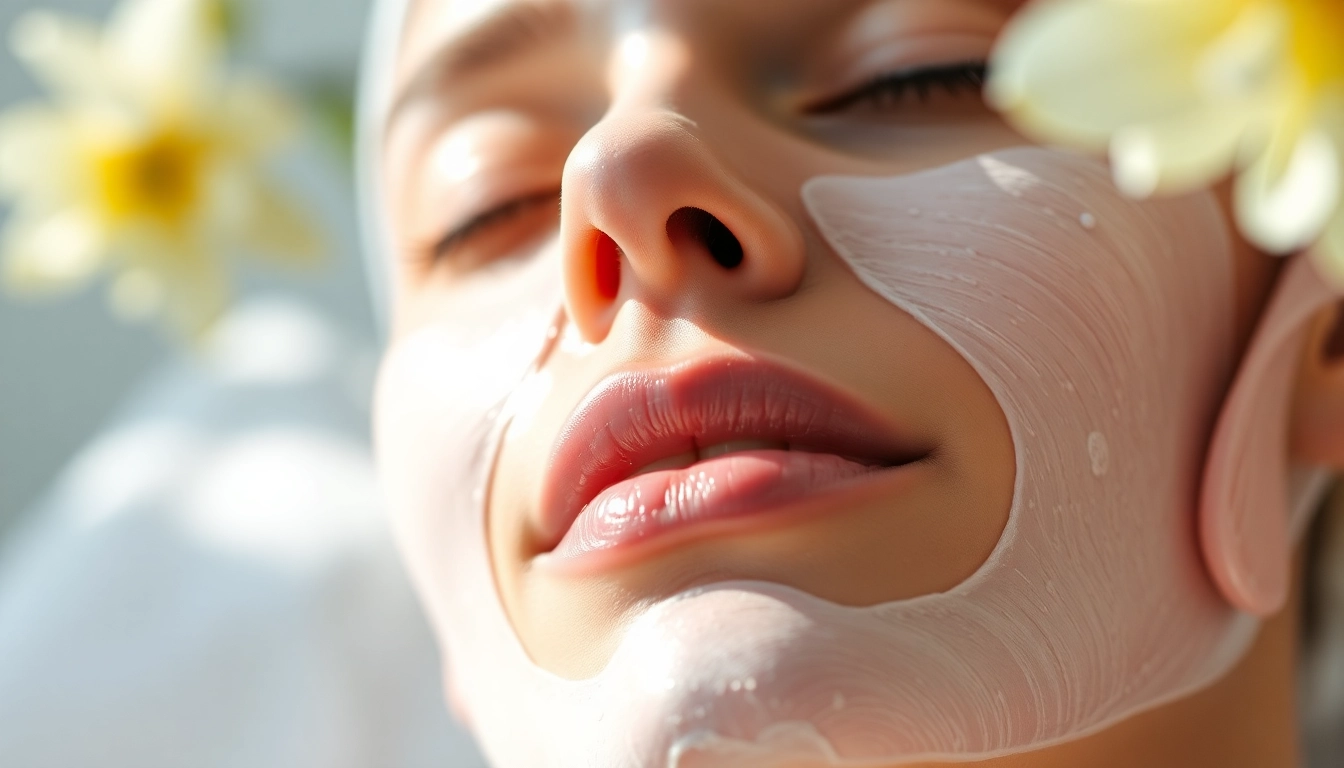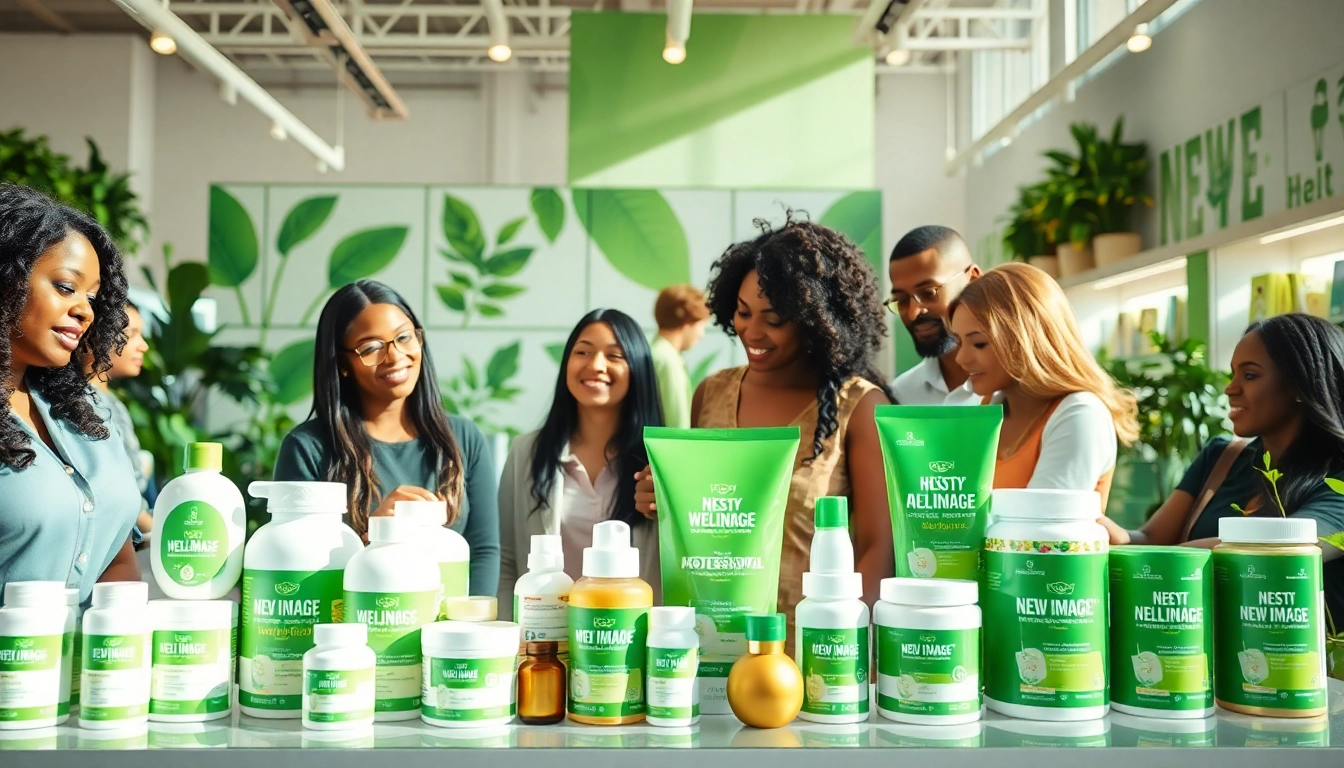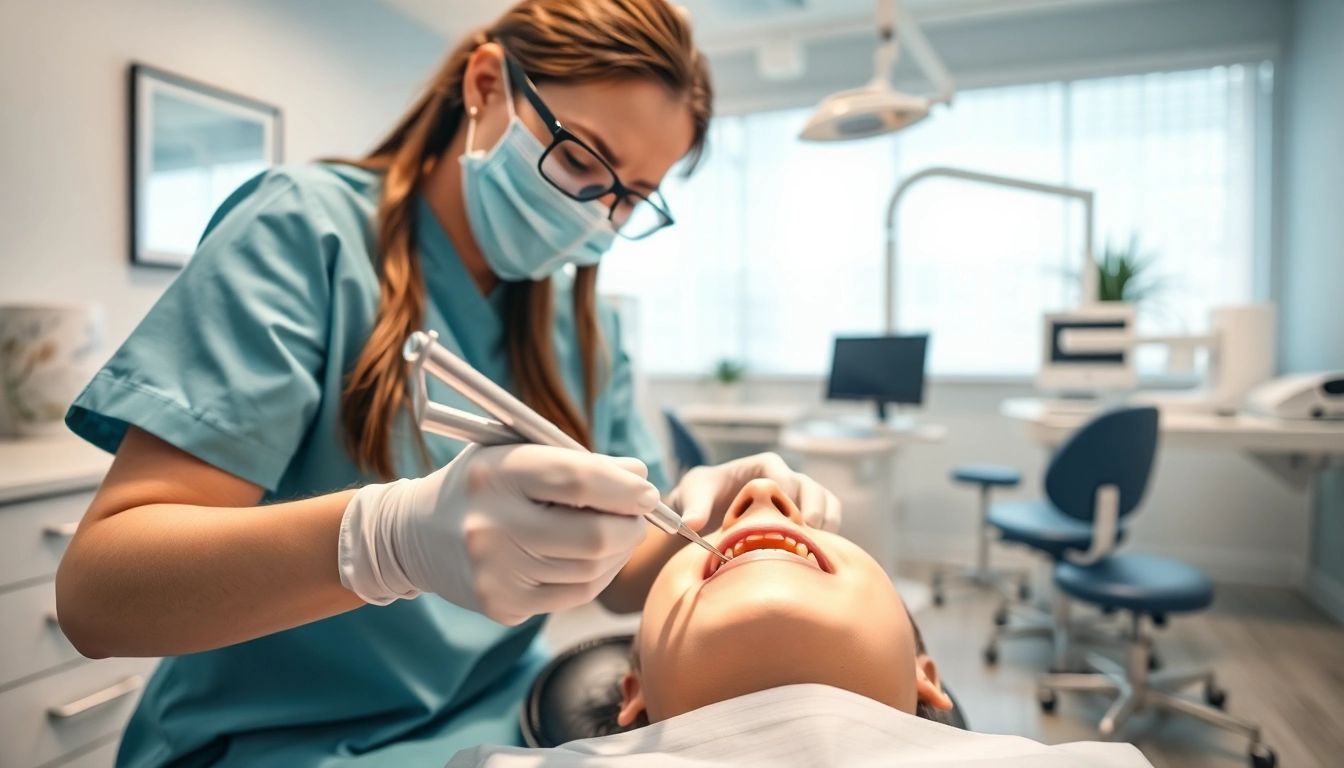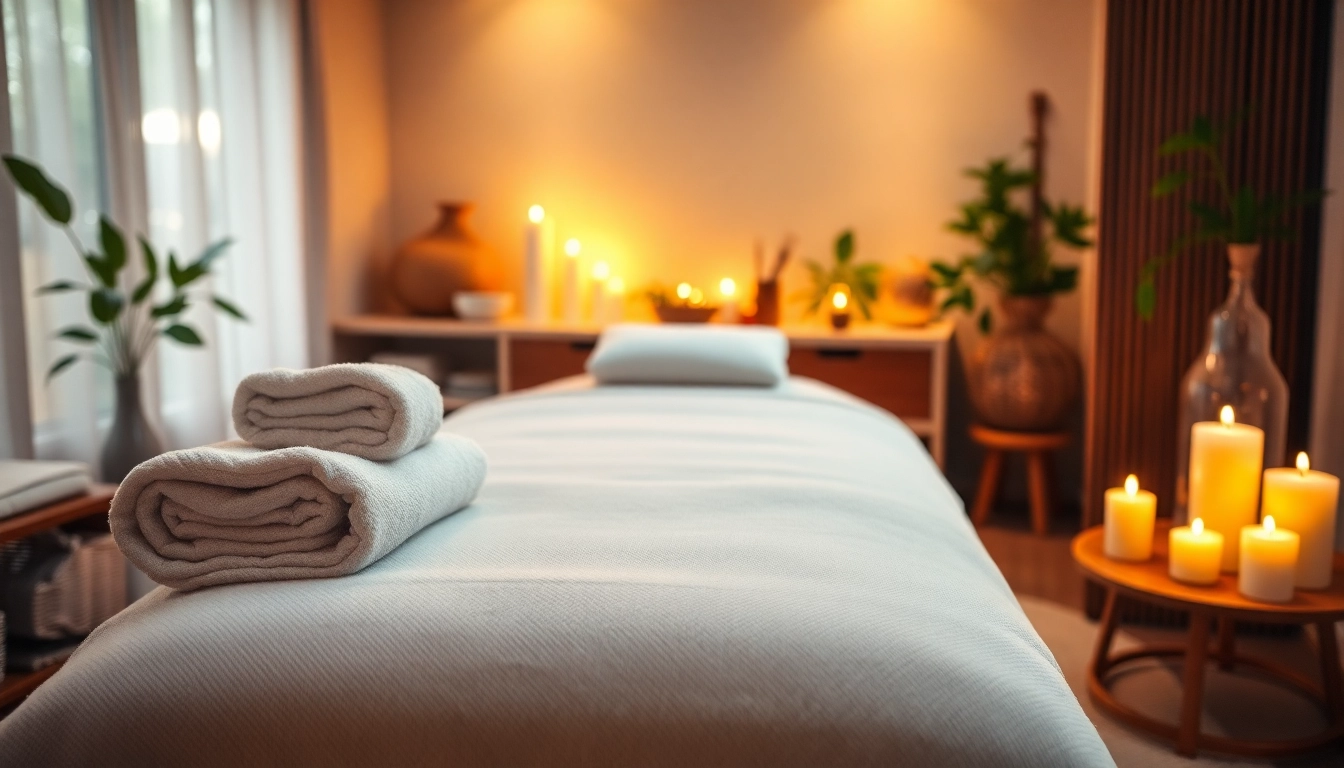Understanding Facial Masks and Their Benefits
What Are Facial Masks?
Facial masks are cosmetic products designed to be applied to the face to deliver specific skin benefits, often enhancing the overall health and appearance of the skin. These masks have gained popularity in skincare routines due to their targeted treatments for various skin concerns. Typically, facial masks are available in multiple formats, including cream, gel, sheet, or clay, each catering to differing skin needs and preferences. Regular use of a facial mask can result in visible improvements, making them an essential component of modern skincare regimes.
Key Ingredients in Facial Masks
The efficacy of facial masks largely depends on their formulation. Various ingredients serve different purposes, targeting unique skin concerns:
- Hyaluronic Acid: Known for its incredible hydrating properties, it draws moisture into the skin.
- Glycolic Acid: An alpha-hydroxy acid (AHA) used in exfoliating masks, it helps remove dead skin cells.
- Charcoal: Frequently found in detoxifying masks, it removes impurities and excess oil from the skin’s surface.
- Peptides: These are vital for promoting collagen production, which can lead to firmer, more youthful skin.
- Natural Extracts: Ingredients like aloe vera and green tea provide soothing benefits and antioxidants.
The Skin Types That Benefit Most from Facial Masks
While many skin types can benefit from the use of facial masks, some are particularly advantageous depending on the mask’s formulation:
- Dry Skin: Hydrating facial masks with ingredients like shea butter and hyaluronic acid can restore moisture and elasticity.
- Oily Skin: Detoxifying clay masks work to absorb excess oil and prevent acne breakouts.
- Combination Skin: A combination of hydrating and clay masks can balance the varying needs of different facial areas.
- Sensitive Skin: Soothing masks formulated with calming ingredients can help alleviate irritation and redness.
Different Types of Facial Masks
Hydrating Facial Masks for Dry Skin
Hydrating masks are formulated to provide moisture and nourishment to dry, dehydrated skin. They typically contain ingredients such as glycerin, aloe vera, and ceramides, which enhance the skin’s barrier function and retain moisture. Regular use of hydrating facial masks can help reduce dry patches and improve skin texture, making it feel plump and revitalized.
Detoxifying Clay Masks for Oily Skin
Clay masks are excellent for oily skin types. They draw out impurities and excess sebum thanks to ingredients like bentonite or kaolin clay. These masks help minimize the appearance of pores and prevent breakouts by purifying the skin. Using a detoxifying clay mask once a week can result in clearer, smoother skin.
Exfoliating Masks for Dull Complexions
Exfoliating masks are essential for those struggling with dull skin. They contain chemical exfoliants, such as AHAs and BHAs, or physical exfoliators like crushed seeds or gentle scrubs. These masks help slough off dead skin cells, revealing brighter, more radiant skin underneath. Incorporating exfoliating masks into your skincare routine can dramatically improve the skin’s texture and tone, providing a luminous appearance.
How to Choose the Right Facial Mask
Matching Ingredients to Your Skin Concerns
Choosing the right facial mask requires understanding your skin type and the specific concerns you wish to address. If your skin is oily and prone to breakouts, look for masks with salicylic acid or clay. For dry, sensitive skin, opt for masks enriched with hyaluronic acid and chamomile. Consult with a dermatologist if you’re unsure which ingredients will be beneficial.
Patch Testing and Safety Tips
Before applying any facial mask, it’s critical to conduct a patch test, especially for those with sensitive skin. Apply a small amount of the mask on a discreet area of your skin, such as behind your ear. If no adverse reactions occur within 24 hours, it’s generally safe to use on your face. Always read ingredient labels to avoid allergens and ensure the mask matches your skincare goals.
Frequency of Use for Optimal Results
How often you use a facial mask depends on your skin type and the mask’s purpose. Hydrating masks can typically be used 2-3 times per week, while detoxifying clay masks are usually recommended once a week to prevent drying out the skin. Gentle exfoliating masks can be used once a week or every other week, depending on your skin’s sensitivity. Adjusting your usage frequency based on your skin’s response is essential for achieving the best results.
DIY vs. Store-Bought Facial Masks
Benefits of Homemade Facial Masks
Homemade facial masks offer an attractive alternative to commercial options, allowing for customization according to individual skin needs. Ingredients like honey, avocado, oats, and yogurt can be blended to create effective, natural masks. The primary benefits of DIY masks include:
- Freshness: Homemade masks contain no preservatives and are often more potent.
- Cost-Effectiveness: Many DIY ingredients are affordable and commonly found in households.
- Control Over Ingredients: You can avoid synthetic substances or allergens tailored to your preferences.
Quality and Efficacy of Store-Bought Options
While homemade masks boast many benefits, professionally formulated masks can offer higher potency and consistent results due to advanced ingredients and technology. Store-bought masks often contain powerful compounds designed for specific outcomes, such as anti-aging or brightening effects. They are also usually more convenient, saving time and effort in preparation, making them ideal for people with busy lifestyles.
Cost Comparison and Value Considerations
The cost of DIY masks is typically lower than that of high-quality store-bought options. However, calculating the total expenses associated with sourcing quality ingredients for DIY creations can sometimes lead to unexpected costs. Additionally, time investment in creating homemade masks should be factored in. Store-bought masks, while potentially more expensive, often provide immediate results and convenience, which can represent significant savings in time and effort.
Maximizing the Effects of Your Facial Mask
Pre-Mask Skincare Routine
For optimal results, establishing a pre-mask skincare routine is essential. Begin by cleansing your face thoroughly to eliminate makeup, sunscreen, and impurities. Follow up with a gentle exfoliator to prepare your skin, enhancing the absorption of mask ingredients. Lastly, consider using a toner to balance skin pH, which can help maximize the mask’s efficacy.
Best Practices for Application and Removal
When applying a facial mask, it’s best to use clean hands or a spatula to prevent contamination. Apply an even layer, ensuring coverage without over-applying. Follow the manufacturer’s instructions regarding application time, as leaving on for too long can lead to skin irritation. Upon removal, use lukewarm water for rinsing; this helps open up pores and aids in effective cleansing. Pat your face dry with a soft towel to maintain moisture.
Post-Mask Care to Maintain Radiance
After using a facial mask, follow up with a moisturizer to lock in hydration and enhance the mask’s benefits. If your mask contains exfoliating ingredients, consider using a soothing serum to calm any potential irritation. Regular moisturizing, paired with sunscreen in the daytime, is crucial for maintaining the mask’s results and protecting your skin from environmental aggressors.















Leave a Reply